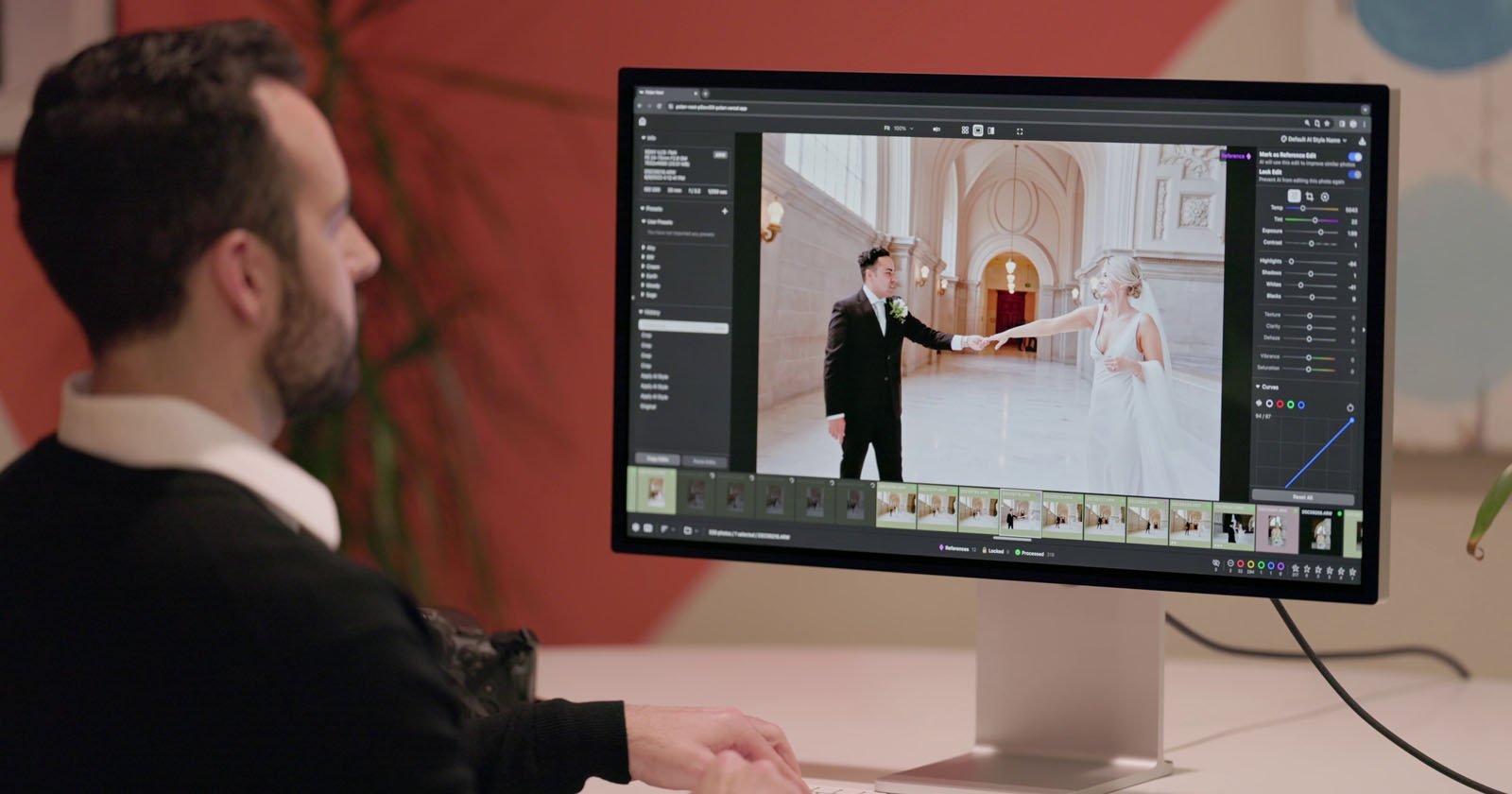
![]()
Polarr has launched the Polarr Next Public Beta 1.0. Building on the company’s experience with artificial intelligence and photo editing solutions, Polarr Next is “the world’s first user-trainable AI photo editor that adapts to user inputs in real-time,” promising to “revolutionize” how professional photographers work with large batches of RAW images.
Polarr Next is also distinct by virtue of how the user interacts with it — it’s a web app. Using web-APIs like WebAssembly, WebGPU, and WebGL, users can perform end-to-end AI batch editing entirely in a compatible browser. Polarr Next currently only works within Google Chrome and is compatible with many RAW image formats, but not Nikon’s .NEF files. The software is in rapid development, so support is likely to be expanded soon.
![]()
![]()
![]()
Even though Polarr Next works inside an internet browser, the company says it doesn’t upload user files to a server, ensuring that a person’s photos remain private.
“Polarr Next is designed for scenarios where every photo needs to be perfect. It frees photographers from mundane bulk editing tasks, allowing them to devote more time to their passion,” the developer says.
![]()
![]()
![]()
To achieve this lofty goal, Polarr Next enables users to train their own personalized AI editing tool in real time, ensuring consistent and personalized image edits that build upon a carefully curated aesthetic. If a photographer color grades a certain way, the AI will instantly learn and apply that to thousands of additional images.
Polarr Next offers standard photo editing tools, including color corrections and grading, brushing, subject and background masks, automatic lens correction, automatic straightening, and perspective corrections. It shares popular keyboard shortcuts for many editing tasks and navigation, and automatically imports ratings and color labels from other applications. Users can also import or convert existing image editing presets to use as base edits inside Polarr Next.
![]()
![]()
![]()
AI-based batch editing is not a new concept. Solutions like Imagen AI and Aftershoot have existed for a bit. Polarr says its app “stands out” because it’s a fully web-based, integrated image editor.
“This requires Polarr to build both an AI learning and processing engine, as well as a browser-based editing and rendering pipeline akin to Lightroom. By managing the rendering pipeline, Polarr Next offers a more efficient and intuitive AI training and processing experience, allowing users to observe and interact with the AI’s learning and editing improvements in real-time. This leads to greater user control, enhanced productivity, better consistency, and reduced editing time compared to its competitors,” the company touts.
![]()
![]()
![]()
Polarr Next aims to reduce image editing workflow times by at least 80% for pros, particularly those working in wedding, event, sports, real estate, and portrait photography. As Polarr continues to develop and refine its new app, the focus is on making AI model training easier, faster, and more interactive. Future updates will introduce AI culling, more editing tools, and a range of pre-trained AI styles.
Users can sign up for Polarr Next now and begin using the software.
Once users sign up for Polarr Next, they can access example images that have been edited using Polarr Next, watch numerous tutorial videos about different features and settings, and start editing images from their computer.
Users get unlimited AI editing and 2,000 exports for free without needing to supply any payment information. However, additional exports will cost money. The Founders Unlimited tier is $50/month (paid as an annual sum for $599) and has unlimited AI edits and exports. This is only available for the first 500 subscribers. After that, the price will increase to $130 monthly ($1,559 yearly).
There are monthly tiers starting at $60 per month and pay-as-you-go plans for $0.05 per export. When users pay as they go, they still get unlimited AI edits and only pay for exports after the first 2,000.
While the pricing can seem rather high at first glance, it is essential to note that Polarr has developed Next specifically with high-volume professional photographers in mind. It is not designed for people who are processing a handful of images at a time.
Image credits: Polarr






